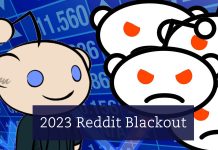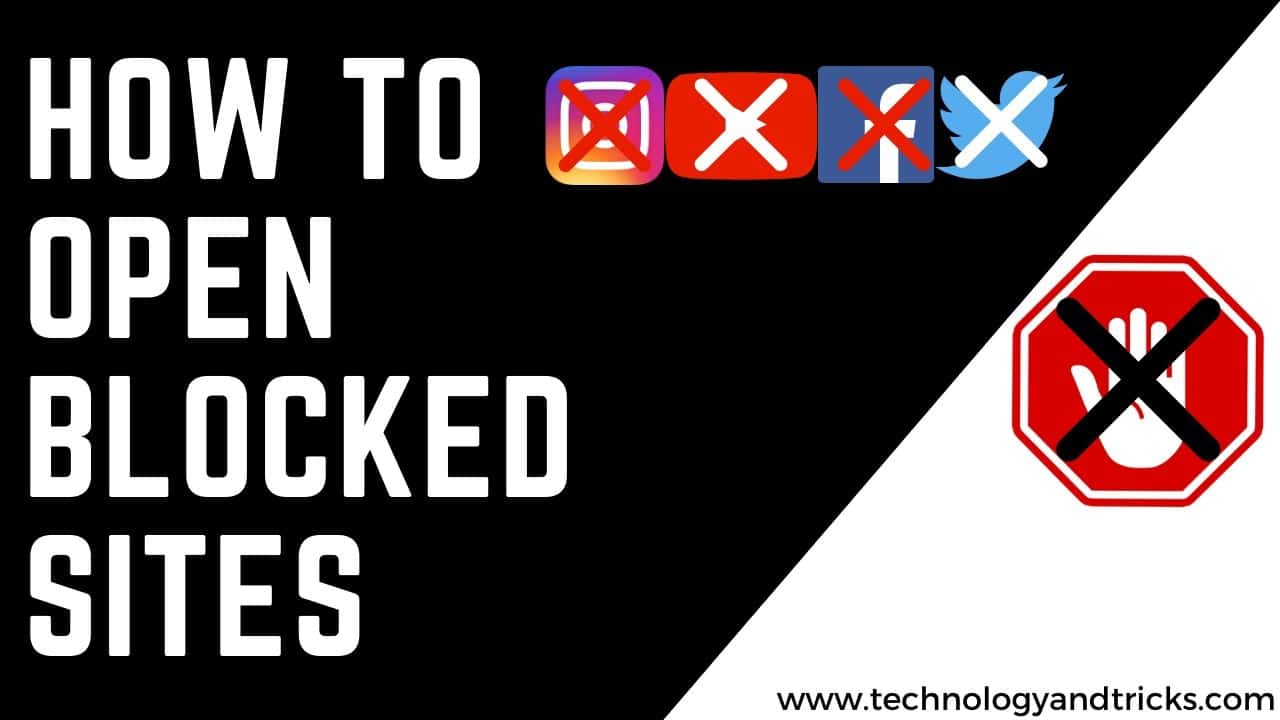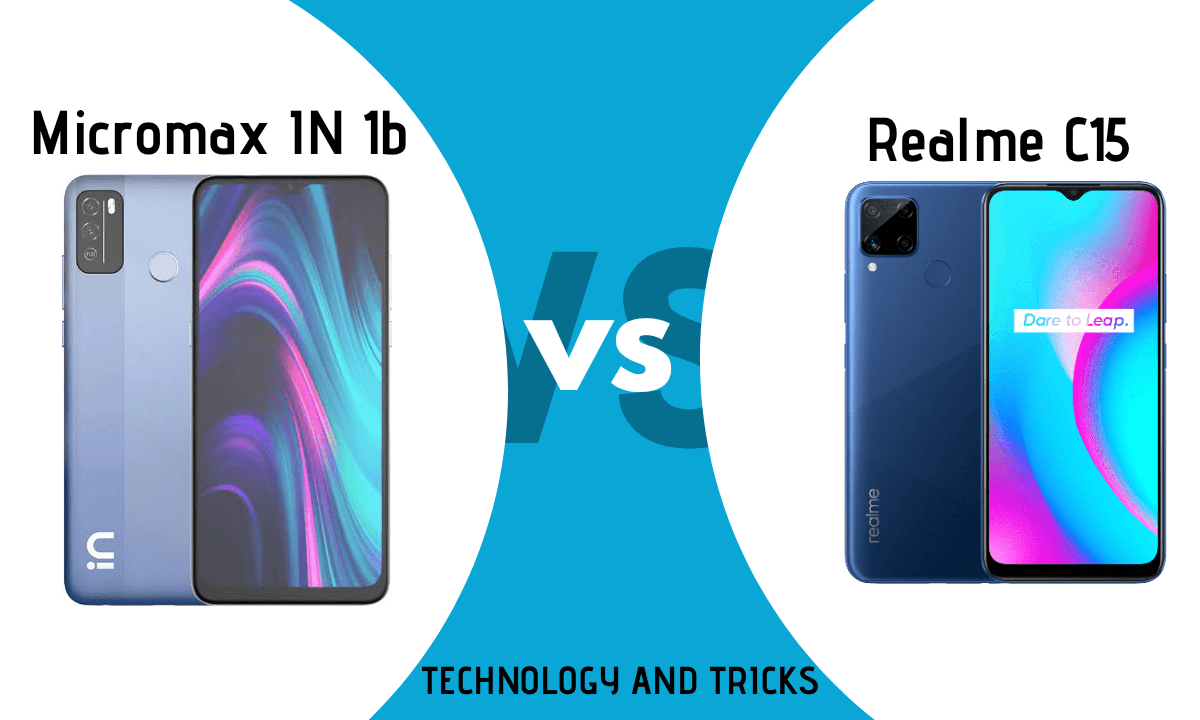Web 3.0 has the potential to be as disruptive and heralded as Web 2.0. The core ideas of decentralization, openness and increased consumer utility form the basis of Web 3.0. Web 3.0, often referred to simply as Web 3, is the next step in the evolution of the Internet.
Imagine a new kind of Internet that accurately translates what you type and understands what you say, whether, through text, voice, or other media, and where all the content you consume is first Be more personalized than ever. You are about to enter a new era in the development of the Internet. This is called Web 3.0.
But, what exactly is Web 3.0, what will it look like and how will it affect our lives? If you are interested in knowing the above, then you have come to the right place. In this tutorial, you will get answers to all your questions related to Web 3.0.
What Is Web 3.0 Technology?
Web3 has become an umbrella term for the vision of a new, better internet. At its core, Web3 uses blockchain technology, cryptocurrencies, and NFTs to return power to users in the form of ownership. A 2020 Twitter post summed it up best: Web1 would be read-only, Web2 would be read-write, and Web3 would be read-write.
Blockchain technology will allow users to communicate directly with each other in the next phase of the Internet. Users will interact by being part of a Decentralized Autonomous Organization (DAO), a group that is run and owned by its community.
Data about the user will be protected by a network of publicly available smart contracts. These contracts will be stored in the blockchain, which is a decentralized network that will be controlled by the nodes.
- All transactions will be tracked on a distributed ledger that uses blockchain technology, and data transfers will be decentralized.
- Smart contracts open to all would free people from having to rely on a centralized institution (such as a bank) to maintain the integrity of data.
- The entertainment segment will see a significant increase in its revenue from the Metaverse.
- Blockchain technology will allow consumers to produce digital goods and non-instantly fungible tokens (NFTs), which will protect intellectual property and personally identifiable information (PII).
- Users will be able to benefit from the data.
Main Aspects of WEB 3.0
- Web3 is decentralized: instead of large swathes of the internet controlled and owned by centralized entities, ownership gets distributed amongst its builders and users.
- Web3 is permissionless: everyone has equal access to participate in Web3, and no one gets excluded.
- Web3 has native payments: it uses cryptocurrency for spending and sending money online instead of relying on the outdated infrastructure of banks and payment processors.
- Web3 is trustless: it operates using incentives and economic mechanisms instead of relying on trusted third parties.
What Is Web 2.0?


The Web 2.0 period began in 2004 with the advent of social media platforms. Instead of being read-only, the web has evolved to be read-write. Instead of companies providing content to users, they are beginning to provide platforms for sharing user-generated content and engaging in user-to-user interactions. As more people get online, a handful of big companies are starting to control a disproportionate amount of traffic and value generated on the web. Web 2.0 also gave rise to ad-driven revenue models. While users could create content, they did not own it or benefit from monetization.
What Is Web 1.0?


In 1989, at CERN, Geneva, Tim Berners-Lee was busy developing the protocols that would become the World Wide Web. his idea? To create an open, decentralized protocol that allows information to be shared from anywhere on Earth.
Berners-Lee’s creation of the early beginnings of what is now known as “Web 1.0” occurred roughly between 1990 and 2004. Web 1.0 were primarily static websites owned by businesses, and there was almost no interaction between users—individuals rarely produced the content—leading to It being known as a read-only web.
Difference Between Web 1.0, Web 2.0, and Web 3.0
| WEB 1.0 | WEB 2.0 | WEB 3.0 |
| Despite providing only limited information and little or no user interaction, it was the first and most reliable Internet of the 1990s. | Due to developments in web technologies such as JavaScript, HTML5, CSS 3, etc. Web 2.0 has made the Internet more interactive. | Web 3.0 is the next step in the evolution of the Internet, allowing it to interpret data in a human-like manner. |
| Before, there was no such thing as user pages or just commenting on articles. | Social networking and user-generated content production have flourished because data can now be distributed and shared. | It will use artificial intelligence, machine learning, and blockchain technology to provide smart applications to users. |
| Consumers struggled to find valuable information in Online 1.0 as there were no algorithms for scanning websites. | Many inventors of the web, including the aforementioned Jeffrey Zeldman, have pioneered the range of technologies used in this Internet age. | This will enable the intelligent creation and delivery of highly customized content for each Internet user. |
A decentralized future:
Web3 is a young and growing ecosystem. Gavin Wood coined the term in 2014, but many of these ideas have only recently become reality. In the past year alone, interest in cryptocurrencies has grown exponentially, fueled by improvements in layer two scaling solutions, massive experimentation with new forms of governance, and a revolution in digital identity.
We’re only at the beginning of creating a better web with Web3, but as we continue to improve the infrastructure that will support it, the future of the web looks bright.
ALSO, SEE | Best gaming laptop under 60000 in India 2022
You can also Subscribe to Us On YouTube for tech-related content. Please share this with your friends and family. Thanks for your time on our website and we wish you a nice day.
Source: ethereum.org, simplilearn.com






















